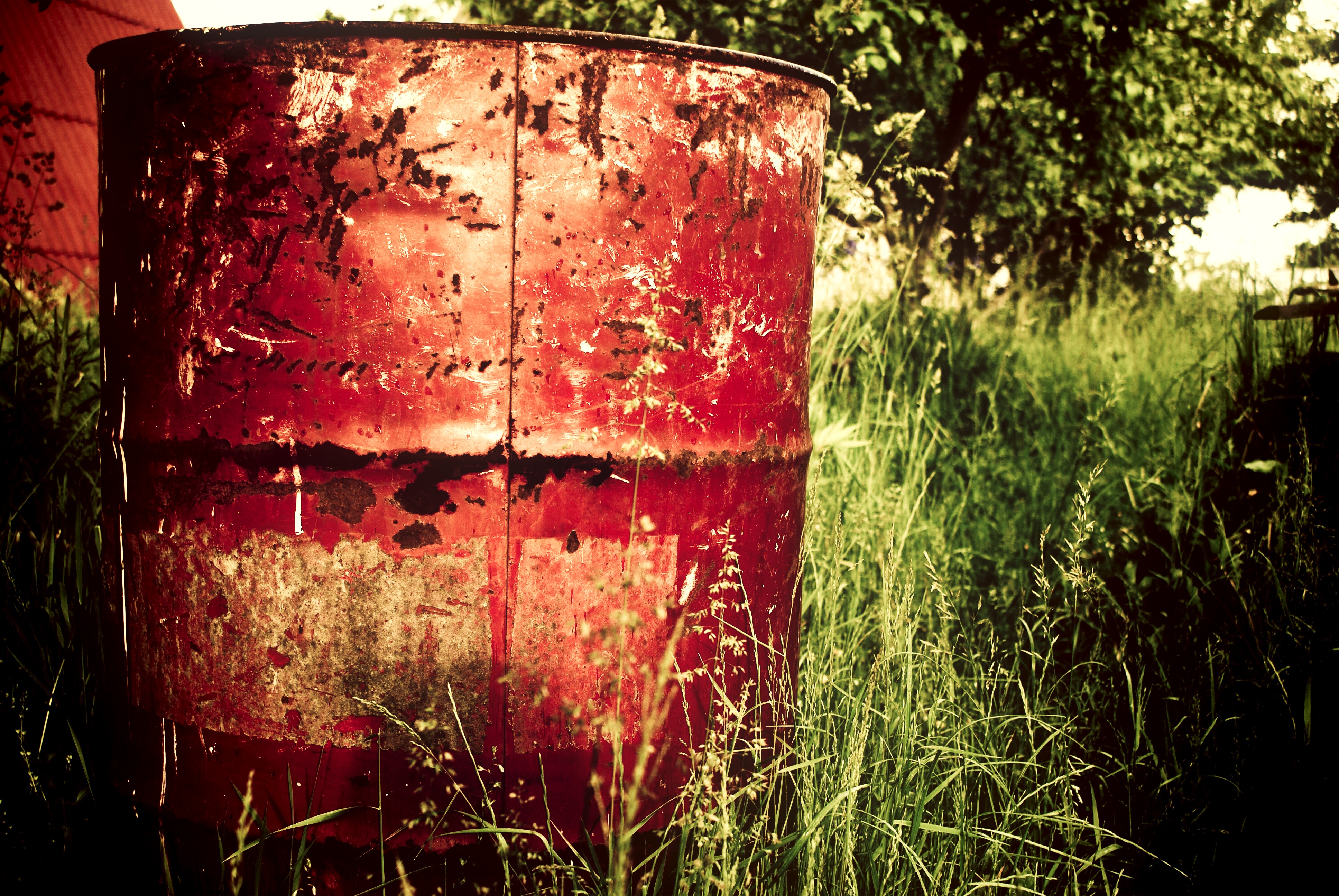This week’s post, Clean Power Planning: Unlike with Obamacare, States are Preparing for Clean Power Plan Compliance Even as they Fight it in the Courts, was written by Georgetown Environmental Law Review staff member Jennifer Golinsky. Read it here!
-
-
By Jennifer Golinsky, Staff Contributor, Georgetown Environmental Law Review. This post is part of the Environmental Law Review Syndicate. Click here to see the original post and leave a comment. When the EPA released its draft of the Clean Power Plan (CPP) in June 2014,[1] commentators were quick to draw comparisons[2] to Obamacare (i.e., the Patient Protection and Affordable Care Act, hereinafter the ACA).[3] One journalist even dubbed the CPP “Obamacare for the Air” because the Clean Power Plan and the healthcare reform law are both “intensely polarizing” and “numbingly complex in an effort to ensure flexibility and fairness,…
-
This week’s post was written by Shea Diaz of the Georgetown Environmental Law Review. Read Getting to the Root of Environmental Injustice here!
-
By Shea Diaz, Georgetown Environmental Law Review This post is part of the Environmental Law Review Syndicate. Click here to see the original post and leave a comment. In the United States, poor people and people of color experience higher cancer rates,[1] asthma rates,[2] mortality rates,[3] and overall poorer health than their affluent and white counterparts.[4] The Environmental Justice Movement (EJM) links these health disparities to higher concentrations of environmental pollution sources in these communities.[5] This disproportionate exposure to environmental harms in low-income, minority communities is known as “environmental injustice.”[6] Since the EJM’s inception in the 1960s, empirical evidence of…
-
David Williams* This post is part of the Environmental Law Review Syndicate. Click here to see the original post and leave a comment. In the wake of Massachusetts v. EPA,[1] the EPA fashioned new regulations to cover greenhouse gasses. As part of the new suite of regulations, the agency promulgated a “Tailoring Rule”[2] that departed from the plain text of the Clean Air Act (“CAA”).[3] The EPA justified this rule with reference to two canons of interpretation: absurd results[4] and administrative necessity.[5] The EPA describes the canon of administrative necessity as a three part test: When an agency has identified…
-
This week’s ELRS post, titled Administrative Necessity: Origin and Application to EPA’s Tailoring Rule, was written by David Williams, an editor for the Virginia Environmental Law Journal. Read it here!
-
By Daniel Carpenter-Gold, Managing Editor, Harvard Environmental Law Review. This post is part of the Environmental Law Review Syndicate. Click here to see the original post and leave a comment. It’s done. Like a reluctant Odysseus, we have fastened ourselves to the mast of emissions reductions with Bungee cords (not too tight, now!) and stuffed one ear full of wax—just in case those cheap, dirty fossil-fuel Sirens have something interesting to say. But what is this “Paris Agreement”? What did we promise? After some initial optimism, debate over the outcome document has been mostly about precisely what flavor of evil the…
-
This week, ELRS features a post by Daniel Carpenter-Gold, a Managing Editor of Harvard Environmental Law Review. Read La Vie en Vert here!
-
Malia McPherson Stanford Law School, J.D. Candidate Class of 2016 This post is part of the Environmental Law Review Syndicate. To see the original post and leave a comment, click here. Introduction On November 4, 2014, the voters of San Benito County passed Measure J, a voter initiative banning hydraulic fracturing (‘fracking’) and all other high-intensity petroleum operations within county lines. Under California law, only a subsequent voter initiative can overrule this fracking ban. While it is not the first county or city within California to take a stand against fracking, San Benito’s path to a successful ballot initiative was…
-
Eric Anthony DeBellis* Eric DeBellis is a 3L at Berkeley Law, where he is Senior Executive Editor of the Ecology Law Quarterly. This post is part of the Environmental Law Review Syndicate. Click here to see the original post and leave a comment. On August 3, 2015, the EPA released its highly anticipated Clean Power Plan, establishing the nation’s first greenhouse gas emissions standards for existing power plants.[1] The Clean Power Plan (“the Rule”) also is the first of its kind in another sense: it employs a unique new regulatory framework that has drawn both praise and criticism. Here, I explain the…





